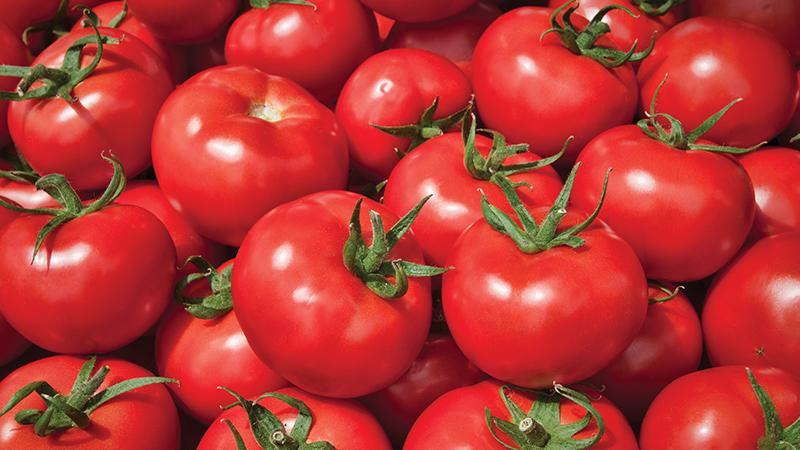Success With High Tunnels In Cherries
There’s a lot of buzz lately about high tunnel growing, and not just for tomatoes and brambles. An increasing number of growers are growing stone fruit – especially cherries – under cover.
According to Greg Lang with Michigan State University (MSU), many of the advantages of three-season high tunnels are greatest in non-arid climates. Growing cherries in high tunnels can protect from rain-induced fruit cracking, improving crop consistency. In addition, they provide cover for U-pick customers, who might be more inclined to visit a farm even in rainy weather. And, one of the biggest advantages is that the tunnels can reduce some insect and disease pests, like Japanese beetle and cherry leaf spot. The reduction in pesticide use means there’s a greater opportunity for organic production, and research currently is being conducted on this topic, Lang says.
However, what’s talked about less often are the possible disease pressures that could manifest themselves more in tunnels than they do outside. “The dry tunnel provides a more favorable environment for black cherry aphids, mites, and powdery mildew,” says Lang. Light conditions and their effect on the fruit are important to consider, too. “When growing high-quality blushed yellow cherries like Rainer, management of transmitted and reflected light through the canopy is imoportant for the development of a good, red blush, since many covering plastics reduce the level of ultraviolet light, which is needed to stimulate red pigment biosynthesis in the fruit skin,” Lang explains.
Varieties
While there are numerous benefits to growing cherries in high tunnels, Lang points out that varieties poorly suited to East coast production because of poor winter hardiness or increased suceptibility to bacterial canker still are poor candidates for tunnel growing. They still have to endure the cold, wet weather during the winter. Some varieties typically grown in the arid West that have been successful in eastern tunnel production include Brooks, Rainer, Skeena, and Sandra Rose. Varieties that have performed well in the MSU’s high tunnels include Benton, BlackGold, BlackPearl (the best early variety tested thus far), BlushingGold, BurgundyPearl, EbonyPearl, Summit, Ulster, and WhiteGold, Lang says. He adds that many other varieties currently are being trialed.
Varieties like Sonnet, Tieton, and Regina have had variable results in MSU’s high tunnels, Lang says. Regina, for example, has had problems producing adequate fruit some years, while Glacier produces good yields but soft fruit.
To Cover Or Not To Cover
The first thing to consider before investing in high tunnels is your target market. “You must be able to extract some level of little added value vs. the general wholesale grocery market that is quite adequately supplied by large volumes of cherries from the arid western U.S.,” Lang says. “Your target customers must value locally-produced, high-quality fruit, whether that is pick-your-own, farm market sales, or regional grocery retailers.”










